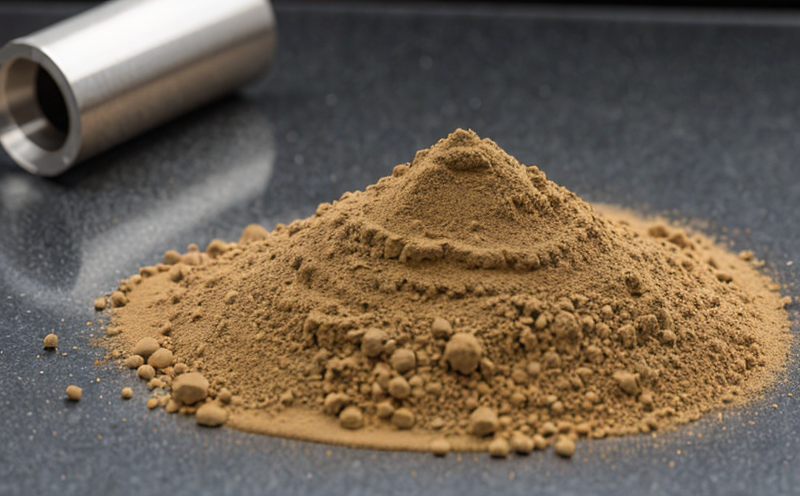ISO 13586 Fracture Toughness Testing of Polymers
The ISO 13586 standard provides a robust framework for assessing the fracture toughness of polymers, which is critical in ensuring that materials used in additive manufacturing (AM) and 3D printing meet stringent quality and safety requirements. Fracture toughness is an important material property as it helps predict how a component will behave under stress, especially in environments where cracks might form.
The test is particularly relevant for polymers employed in AM processes due to the inherent variability in material properties introduced during the printing process. This variability can significantly impact the mechanical performance and reliability of 3D-printed parts. By characterizing fracture toughness according to ISO 13586, manufacturers can ensure that their products will withstand anticipated stress without failure.
During testing, a notched sample is subjected to dynamic loading until it fractures. The test measures the energy absorbed per unit area of the cross-section at the time of crack propagation initiation. This information allows engineers to assess the material's resistance to cracking and subsequent fracture under real-world conditions. It also aids in optimizing process parameters for AM and selecting appropriate raw materials.
The standard specifies a range of specimen geometries, loading methods, and temperature conditions tailored to different polymer types. This flexibility ensures that testing can be conducted accurately across various material classes, from thermoplastics to elastomers. The test setup typically involves specialized machines capable of applying controlled stress to the sample while monitoring crack propagation.
One of the key benefits of ISO 13586 is its ability to provide quantitative data that can help in process optimization and quality control. By identifying weak points or variations in material properties, manufacturers can refine their AM processes to produce more consistent parts with enhanced reliability. This testing also supports compliance with international standards, which is essential for market access, especially in sectors like aerospace, automotive, and medical devices.
For R&D engineers, this test offers insights into the potential performance of new polymer formulations or different printing techniques. Understanding how material properties change under various processing conditions can lead to innovative solutions that improve product longevity and safety. Compliance officers benefit from this testing as it ensures adherence to regulatory requirements and enhances brand reputation by demonstrating a commitment to quality.
- Improved Process Optimization: Identifies variations in material properties due to AM processes, allowing for adjustments to achieve consistent performance.
- Enhanced Quality Control: Ensures that parts meet specified fracture toughness requirements, reducing the risk of failure under stress.
- Regulatory Compliance: Demonstrates adherence to international standards like ISO 13586, which is crucial for market access and regulatory approval.
- Innovation Support: Provides data for R&D efforts aimed at developing new materials or optimizing printing techniques.





